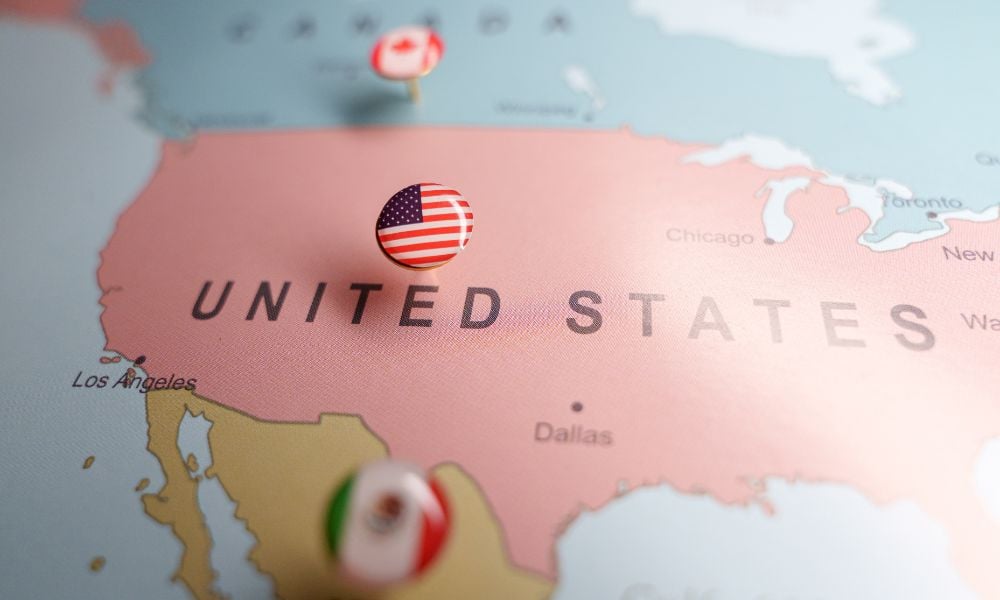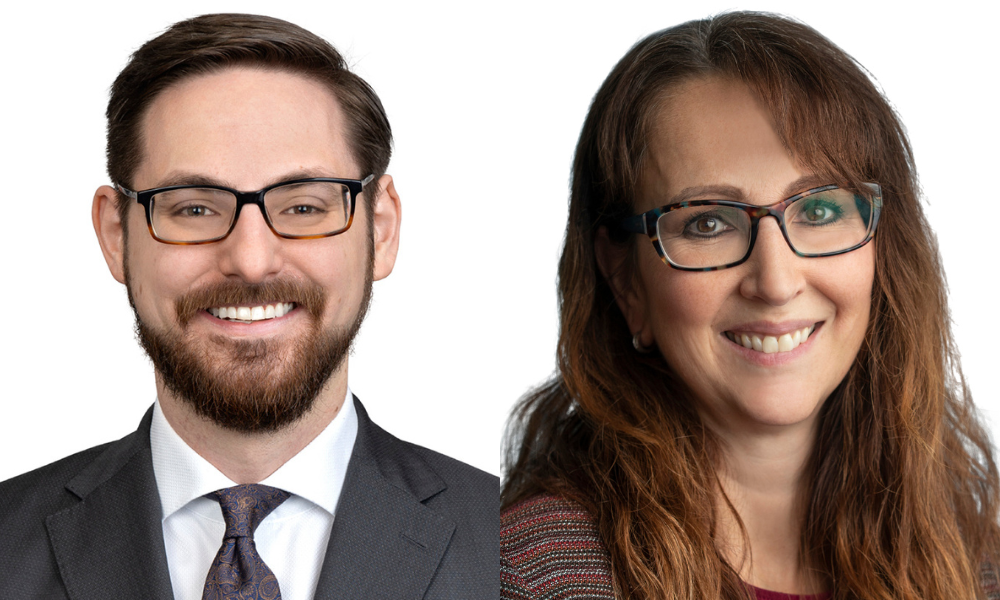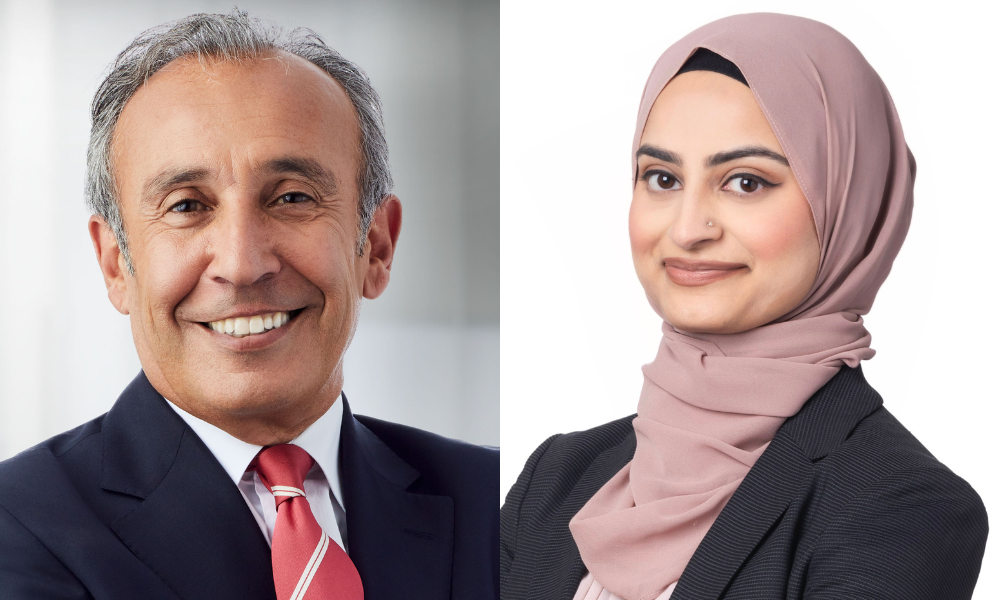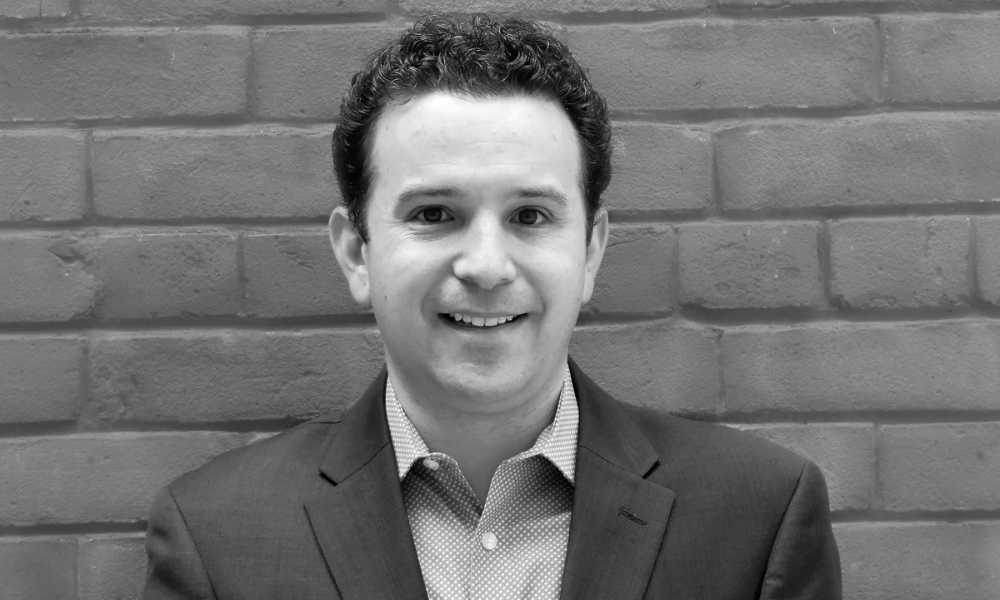'I'm particularly motivated because of some of the big banks are moving away from DEI work,' says VP of people and culture
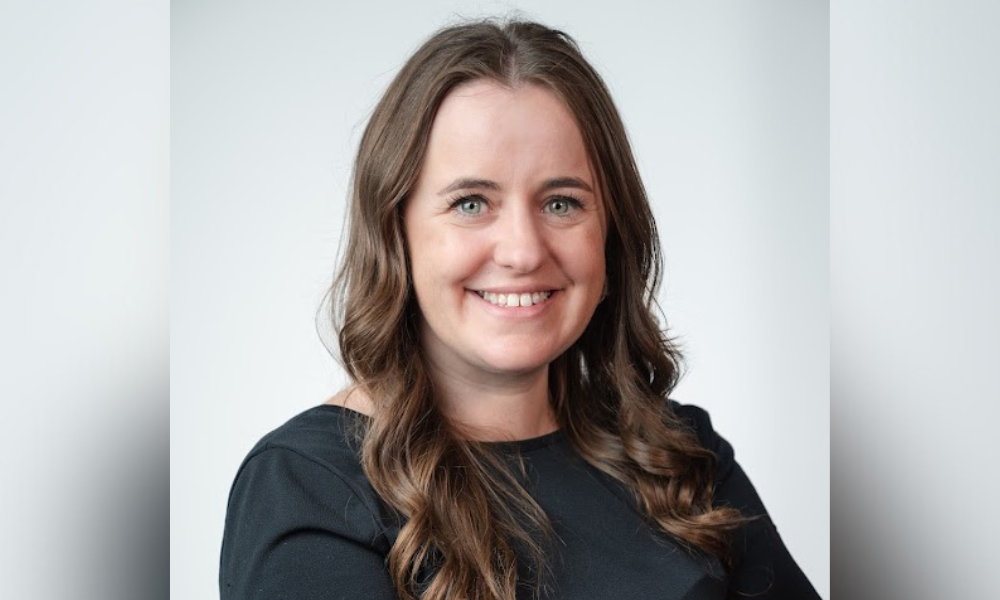
When Kirsten I’Anson began her career, a future in HR wasn’t on the radar. In fact, her journey started in fundraising and evolved through sales into learning and development, culminating in a pivotal role at Mars, the confectionary company.
“They had an incredible culture. They were very much ahead of their time in the work that they did on people and planet. And you felt like you were part of something huge. I mean, you were part of a big company, but I felt like I was at the centre of the universe when I worked there.”
"It was pretty formative in the way that I’ve looked at roles and opportunities in the future," she reflects.
Even though I’Anson worked in the “unsexy” division of vending machines, she says she was “extremely passionate” about her work there.
But that passion came at a cost — long hours, high stress and little life outside of work for the four years she was at the London-based company, says I’Anson, who is now VP of people & culture at Community Savings Credit Union in Vancouver.
Moving to Canada to further career
So, she made a bold move, relocating from England to Canada in search of balance – much like two of her sisters who found jobs in New York and Hong Kong.
The first years here weren’t glamorous. Despite corporate experience, I’Anson temped in admin roles while taking time to focus on life outside of work.
“I was volunteering, learning new sports — I was thinking that having that kind of intense career hadn't afforded me the opportunity to do [that] before.”
Resolved to find an employer that meant something to her, I’Anson focused on entry-level roles to gain a footing in Canada. And when one interview was cut short, after she mentioned returning from maternity leave, it left a bad impression — but also a lasting one.
"I’ve actually never felt mistreated as a woman before, but I did then. That moment changed things… [it] shaped me.”
Luckily, a friend connected I’Anson with the CEO of Community Savings Credit Union, and she started on contract to develop learning and development initiatives and went on to become full time.
As of March 2022, she leads the HR function at the 100-employee organization.
“I don't have a traditional HR background, but I do have a good work ethic, I'm pretty creative, I really care about the culture, and I've got a great team of people around me who can fill in the blanks. So, that's how I ended up here.”
With origins starting in the 1940s, the fully unionized credit union has more than 15,000 members and seven branches across B.C.
Dialing up DEI at Community Savings
While some organizations have dialed down DEI work, Community Savings is doubling down.
“We've got a really, really diverse team. It's something that's come about quite naturally for us,” she says.
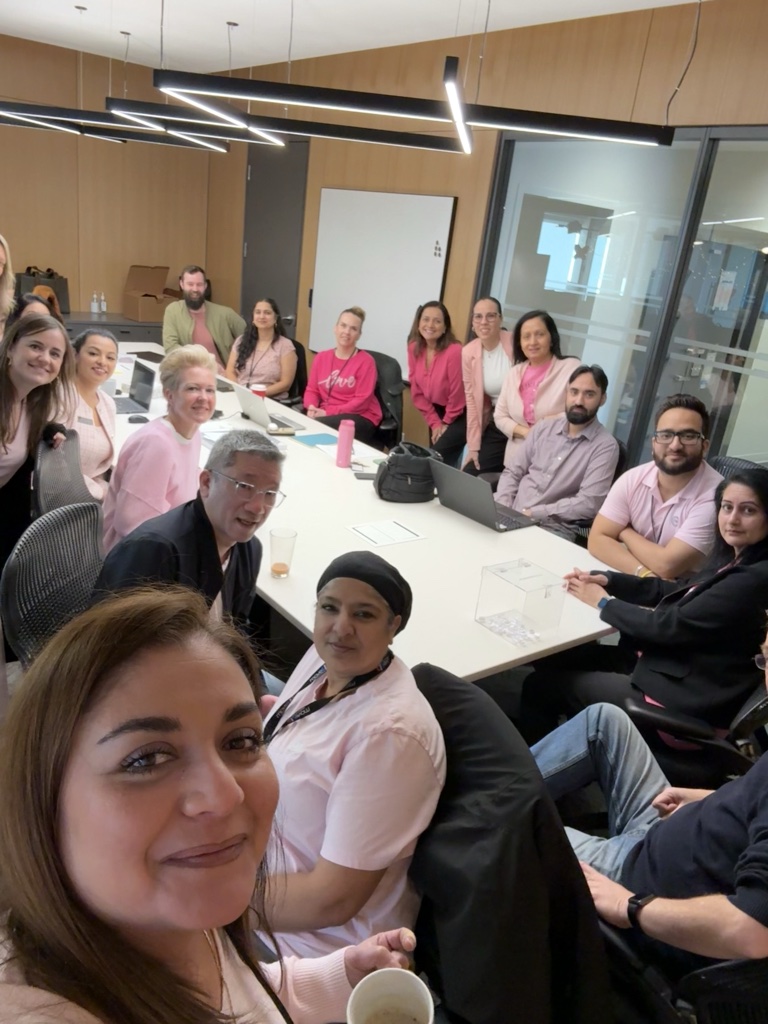
The organization is focusing on putting a DEI plan in place and continuing initiatives in this area, says I’Anson.
“It's the right thing to do, and it's a smart thing to do as well. We know that we serve a very broad membership, and it would be ridiculous for us to have a team of people who aren't diverse and reflecting the membership that we serve.”
These efforts are paying off, judging by employee surveys showing high scores for DEI and overall engagement (out of 7):
|
I am aware of our Social Purpose: ‘We exist to unite working people build a just world’ |
6.55 |
|
My manager genuinely cares about me as a person |
6.49 |
|
As an organization, Community Savings puts its Social Purpose into action |
6.29 |
|
I am proud to work for Community Savings |
6.31 |
|
I feel valued for my work regardless of my nationality, sex, race, disability, or sexual identity |
6.23 |
|
Our benefits coverage has been well communicated |
6.42 |
There’s more foundational work to be done, says I’Anson.
“I'm particularly motivated at this point in time because of some of the big banks moving away from DEI work, EDI work. Now’s our time to really get stuck in, support it as a system, and conceptually as well, as I do believe it's a smart thing to do,” she says.
“Every aspect of DEI work is a big plus for organizations, and… people feeling included and welcomed and comfortable and like they can be themselves at work is so, so important — and that's feedback that we get a lot.”
Training focused on DEI, bias, racism
The credit unions recently closed all its branches for a half-day of in-person EDI training, covering concepts like reconciliation, privilege, intersectionality and unconscious bias, alongside real scenarios drawn from employee experiences.
“There have been some experiences where members of the team have encountered racist interactions,” says I’Anson. “Despite what we’ve done in our culture, we still find that there are people who don’t want to report those or don’t feel that that was offensive enough to be escalated… we are really trying to send the message that we have zero tolerance [even if it’s] a member.”
Part of that involves training staff to know how to respond in those difficult situations, she says.
“We're going to do some role playing on that… so [it’s about] that tangible, hopefully highly applicable experience of going through those difficult situations and being able to deal with them.”
And in doing greater outreach to the community, the organization is offering more diverse service through its employees by way of language and cultural training.
“There's so much interest and passion around that that, for me, that just really does enhance the culture here at Community Savings,” says I’Anson.
Focus on employee wellbeing through mental health
Also important? Having strong benefits around issues such as mental health. When I’Anson first arrived, employees were given $100 per year — now the benefit has gone up to $2,000.
Promoting the benefit is also key, she says.
“We all know that there's a lot of stigma attached, and people might think that's something they’d only need in what they would determine is a crisis. But we were saying, ‘No, a lot of people use it because time management stresses them out. And speaking to a therapist can be a really great way of unpacking for you what's happening.’”
That focus on wellbeing has also included changing 12 “sick days” to “health days,” to help change perceptions about why taking that time off is important: “Those days are there to use at your disposal… You shouldn't have to choose between being paid and being healthy,” says I’Anson.
And people are not abusing this offering, she says, so usage rates are important to the organization.
“If you're going to have benefits, be genuine about them, don't just shove them in the drawer. Talk about them, encourage people to use them or don't offer them if you don't want me to use them.”

